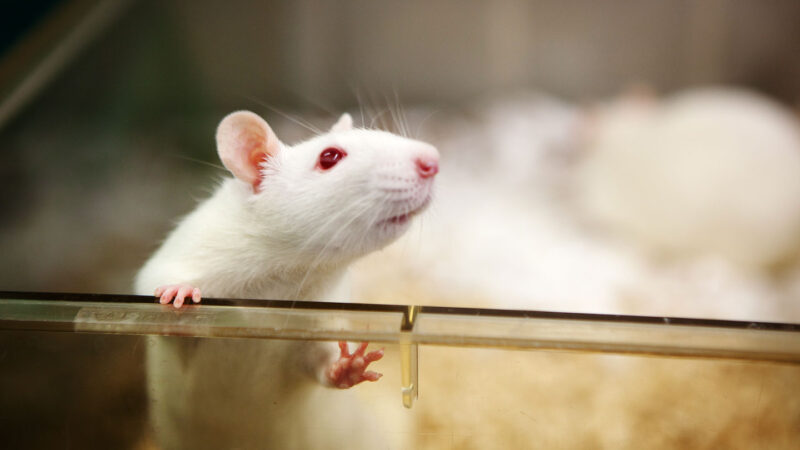
3-D: Short for three-dimensional. This term is an adjective for something that has features that can be described in three dimensions — height, width and length.
animal model: A nonhuman animal used to stand in for people in research testing. Which animal a lab uses will depend on how closely parts of its body or chemical-signaling systems match those in people.
animal welfare: An idea that describes the quality of an animal’s life. Good animal welfare means that animals are safe, comfortable, healthy, well nourished, and can express their innate behaviors – things they are born knowing how to do.
artificial intelligence: A type of knowledge-based decision-making exhibited by machines or computers. The term also refers to the field of study in which scientists try to create machines or computer software capable of intelligent behavior.
aspirin: A common non-prescription drug, also known as acetylsalicylic acid. For more than a century, it has been widely used to treat headaches, joint pain, muscle pain, toothaches and more. It also reduces fevers and inflammation. Ancient papyrus texts indicate that as long as 5,000 years ago, the Sumerians and Egyptians were using willow bark (the source of aspirin’s active ingredient) to treat aches and pains.
biology: The study of living things. The scientists who study them are known as biologists.
computed-tomography scan: (CT, for short). A special kind of X-ray scanning that produces cross-sectional views of the inside of a bone or other internal tissues.
cell: (in biology) The smallest structural and functional unit of an organism. Typically too small to see with the unaided eye, it consists of a watery fluid surrounded by a membrane or wall. Depending on their size, animals are made of anywhere from thousands to trillions of cells.
chemical: A substance formed from two or more atoms that unite (bond) in a fixed proportion and structure. For example, water is a chemical made when…
Read the full article here

